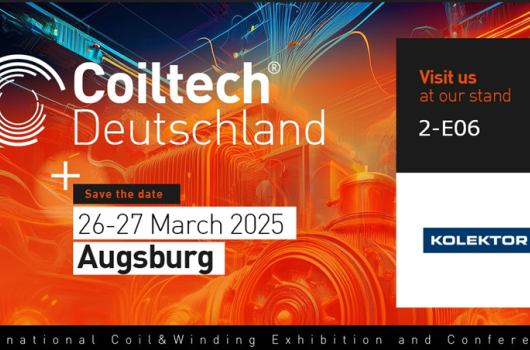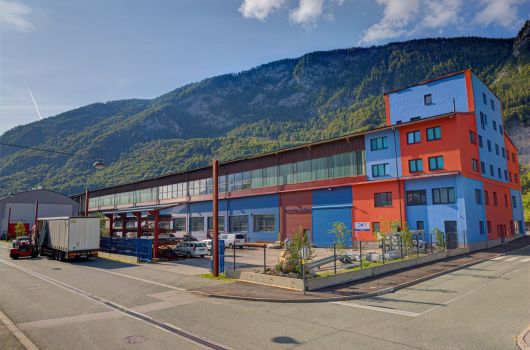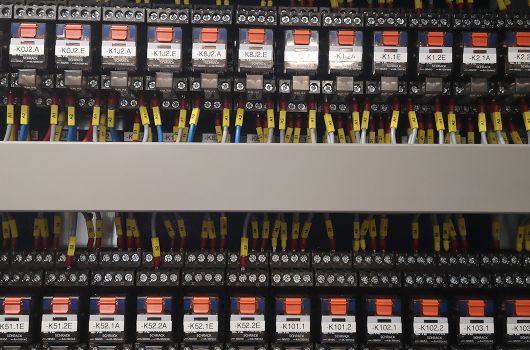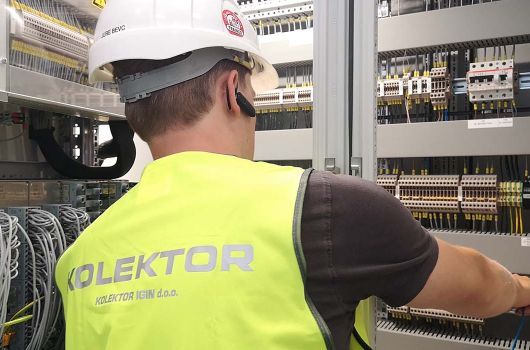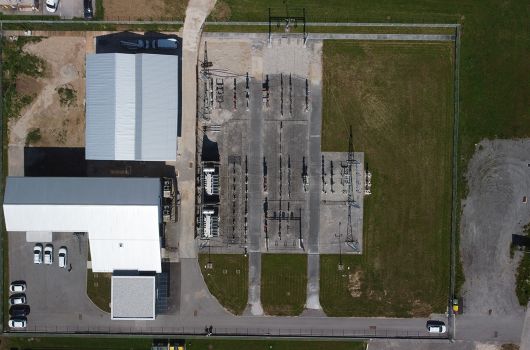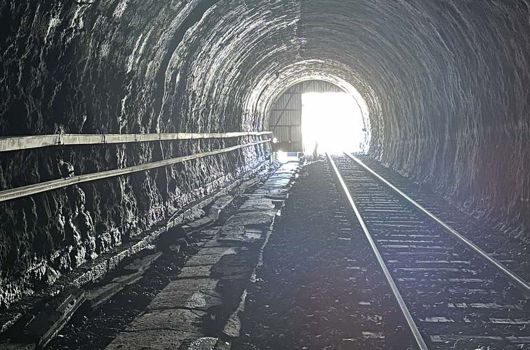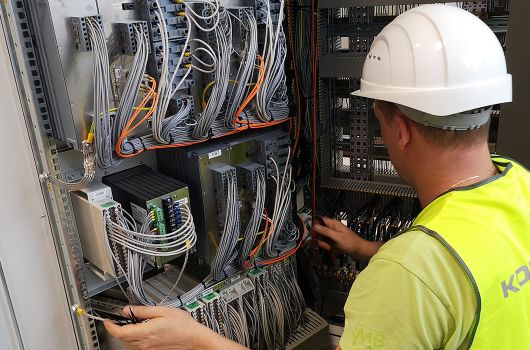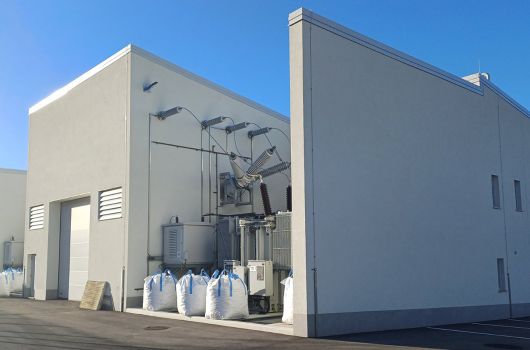Four platforms in pursuit of the holy grail of smart factories
I was able to explain how Kolektor is leveraging the opportunities of digitalization at the Good practices of smart factories event in January this year. First of all, I would like to emphasize that digital transformation is not possible without the support of top management. I see it as an opportunity for new business models, as a continuous process woven into our very DNA, and as strategic thinking, planning and action at the level of the entire company.
The key objectives of digitalisation are not only to increase efficiency and flexibility and reduce costs, but also to reduce the workload and empower people and, in the long term, to improve the quality of life.
All of this is being pursued at Kolektor today through four strategic initiatives in which we are developing and leveraging a platform for the robotization of business processes, a platform for deploying advanced robotic workers, a platform for intelligent visual technologies and a platform for comprehensive digital transformation management.
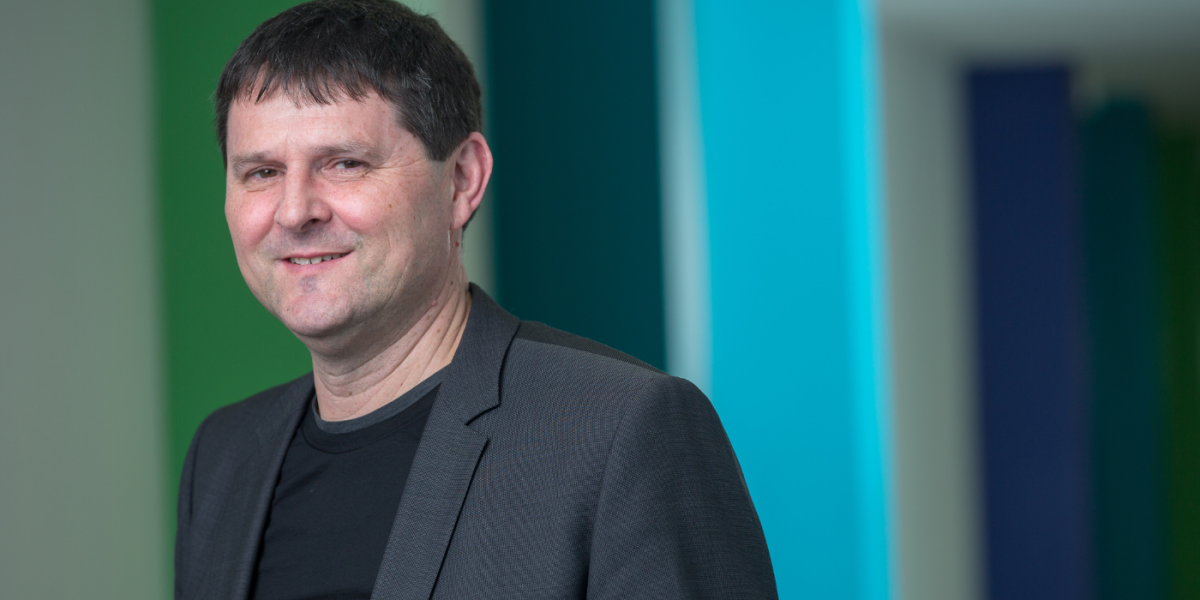
We are currently in the visibility level where we know what is happening, but we are still investing a lot of effort to understand what is actually happening to us based on the data we collect.
It's not just about technologies ...
I believe that digitalisation is not just about technologies, but above all about our ability to use all these new technologies that are accessible today to solve problems and effectively optimize and humanize work processes. It is also an extraordinary opportunity to create new business models and ensure operational excellence while creating value for customers, employees and owners.
Our medium-term goal is to achieve predictive capability
Aware that the holy grail of smart factories is their total autonomy or adaptability, Kolektor has set itself an ambitious, though not excessive, medium-term goal - in the next three to five years - of achieving Predictive Capacity. As for thinking and working in the field of digital transformation, we draw on Acatech's Digital Maturity Motel, which identifies six stages of maturity in the transition to Industry 4.0 – Computerization, Connectivity, Visibility (which represents a stage in which we understand what exactly is happening in the company), Transparency (we know why something is happening), Predictive Capacity (we know what will happen) and Adaptability or Autonomy (how can an autonomous response be achieved).
The visibility phase and the growing importance of AI
We estimate that Kolektor is currently in the third phase, i.e. at the visibility level, where we know what is happening, but we are still investing a lot of effort to understand what is actually happening to us based on the data we are collecting. Looking at the desired goal, which is to achieve predictive capability, we are increasingly aware of the importance of artificial intelligence and digitization and take the challenges associated with them very seriously. We have collected, processed and aggregated data according to the logical model so that we can predict what will happen to us in the next phase and so that we can finally reach the final stage of maturity – a fully autonomous company.
Four initiatives for four platforms
After determining our current state and deciding where we want to go, we identified the real key gaps in four areas and began to address them through four strategic initiatives. The first is through the development of a business process robotization platform that will allow us to incorporate machine cognition into implementation activities. The second gap is being closed strategically with the advanced robotics platform, which is not about introducing classic industrial robots, but primarily about eliminating manual labor in post-calculations without added value, for example, when we find that certain products coming out of robotized lines need to be repaired, sorted out, repackaged ... Over the last 15 years, Kolektor has established itself as an expert in machine vision solutions, but at the same time we still lack appropriate data about what actually happens every second in our production. That's why we started to fill the third gap with a platform for intelligent visual systems. As part of the fourth initiative, we came up with a platform for comprehensive digital transformation management, which we initially searched for in vain on the market and finally developed in collaboration with partners and supplemented with off the shelf solutions.
Resounding successes
In the span of just over four years, we have achieved many breakthrough successes in all four initiatives under Kolektor's fourth business vertical, Digital, which is becoming one of the leading developers and systems integrators of smart factory solutions in the region. In addition to Kolektor's manufacturing units, we have introduced a platform for business process robotization (LEAP) to our customers such as Domel and Cablex, and collaborated with Continental and one of the largest oil refineries in Europe, Tüpraş, as part of the European Horizon 2020 program. The solution is best described as Google Maps for production, which predicts/estimates the arrival time at our destination and provides alternative routes in case of congestion or accidents.
Measurable benefits
If we think of manufacturing as a network of roads through which products, semi-finished products, and materials flow, and if we incorporate our insights based on historical data that tell us which people make the best teams for the goals set, we can very accurately measure the benefits that companies are achieving with the current version of LEAP. We can predict production downtime three days in advance, reduce production time on assembly lines by 10%, and reduce organizational bottlenecks by up to 25%. All this enables companies to improve their overall equipment effectiveness (OEE) by up to 10%, also thanks to major savings in planning and coordination time.
By embedding a large amount of domain knowledge from Kolektor into the logic of LEAP, which works on the basis of a large amount of data and artificial intelligence, we have digitized the entire operational process. In this way, we have achieved autonomous production planning and empowered our employees to make better business decisions.
Why are we deploying advanced robotic workers?
When we talk about the platform for deploying advanced robotic workers, we must point out that we are not talking about standard industrial robots used on highly productive lines with hundreds of thousands or millions of products manufactured, but about the robotization of routine manual work. Boring and monotonous work, work on weekends or even in the third shift do not ensure efficient people and high employee satisfaction. Add to this the demographic trend and the fact that it is almost impossible to find workers for this type of work. The result is that production is relocated to other sites. To avoid this, Kolektor has already set up a series of pilot installations of KoCo advanced robotic workers, currently culminating in the entire platform, consisting of a robotic arm or primary periphery with a robot who exchanges grippers, a modular part for collecting input material and products, and a hidden part that allows the identification of jobs and the development of this system in the simulator or digital twin.
Two hours at one job, two shifts at another
In addition to humanizing workplaces, the 24/7 rental business model or RaaS (Robot as a Service) is characterized by extremely high flexibility and profitability. KoCo can work for two hours at one workplace and then quickly switch to another workplace or shift. When the job is done or the robot is no longer needed, it is returned, just like a rental car. Modularity has allowed us to achieve much faster configuration and significantly reduce the time to program and implement the robot into the work environment. We have also already installed cutting-edge solutions for remote control of robotic workers, remote control and assistance, environment recognition for safety purposes and continuous learning through artificial intelligence.
Collecting big data with a video signal
With an intelligent visual systems platform based on artificial intelligence technologies, namely Deep Learning, we aim to digitize and collect more data about what is happening on the shop floor using a video signal, in addition to eliminating scrap and preventing complaints. We have further developed this platform to help robotic workers become aware of their surroundings. Direct benefits include higher quality products and better decisions to optimize processes or work organization, while the solutions in this platform are easy to use and do not require highly skilled employees.
What led us to the digital transformation platform
As a multinational company with more than 30 manufacturing companies worldwide at different stages of digital maturity, a great need for a platform for comprehensive digital transformation management arose at some point. With its help, we can now provide ourselves and our customers with one of the most methodologically sophisticated analyses of a company's actual digital maturity level. At the same time, based on our own experience of the last 30 years, during which we have worked intensively on the concepts of automation and digitalization, and 60 years of industrial tradition, we can offer efficient consulting for a digital transformation strategy and an action plan for implementing the most suitable solutions for Industry 4.0.
Contact us!
Keywords: Digital transformation, digital platforms
Back to all news
